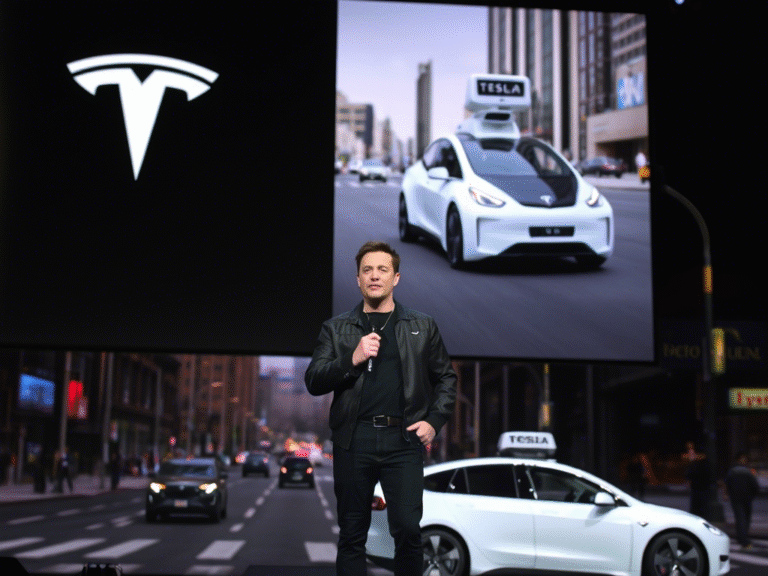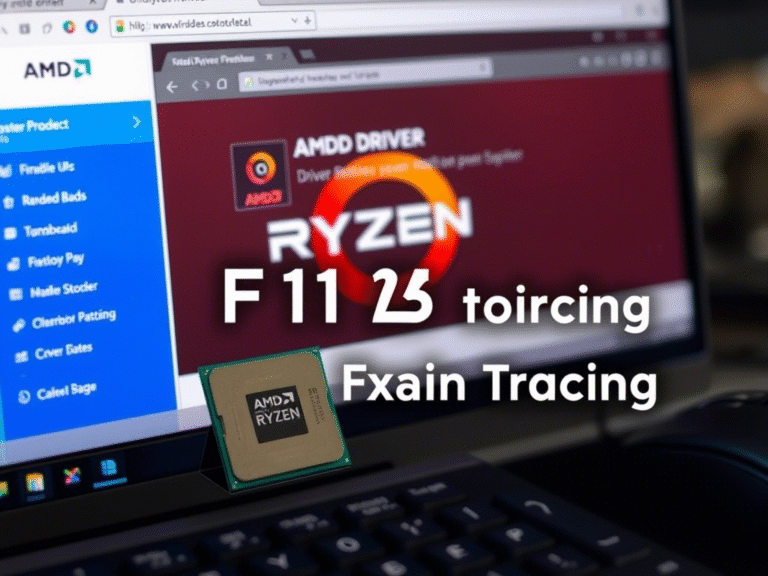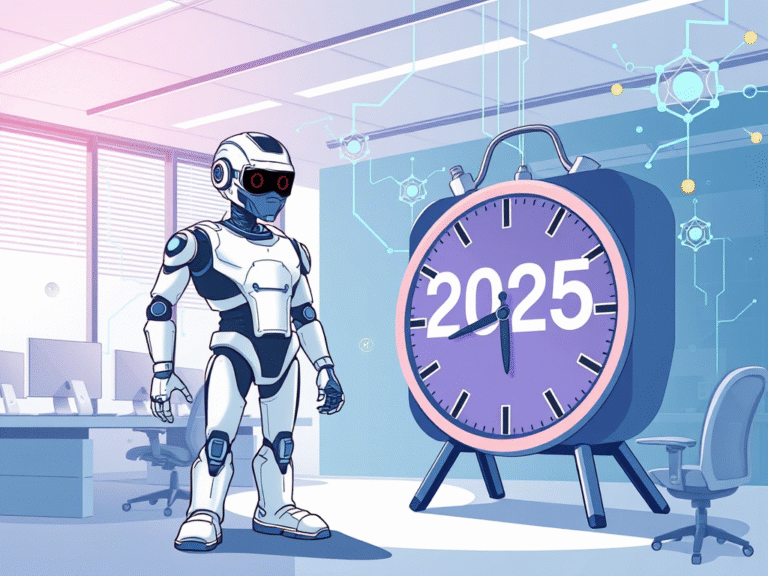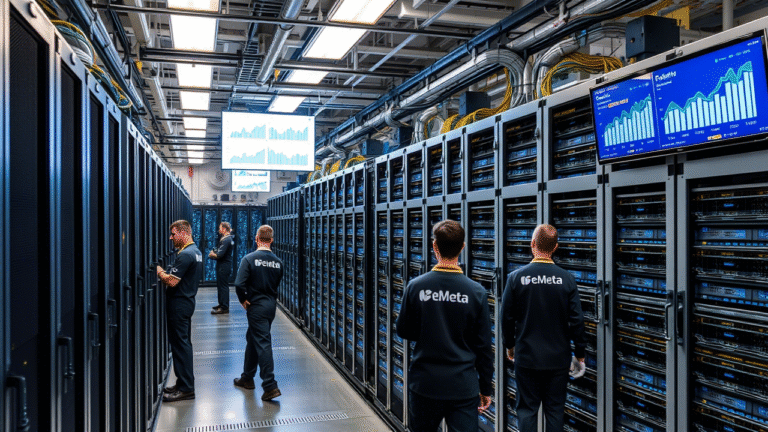
Microsoft’s Next AI Move: A Smarter Copilot That Might Run on GPT-5
Microsoft is redefining how we interact with AI assistants. While most platforms force users to pick between models like GPT-3.5, GPT-4, or reasoning variants, Copilot takes a different approach — one that’s simpler, smarter, and more intuitive.
Instead of asking users to choose a model, Microsoft offers behavior-based modes that match how people actually work:
- Quick Response: Gets you an answer in 2–3 seconds — perfect for fast questions.
- Think Deeper: Spends about 30 seconds analyzing complex problems, from math puzzles to home renovation plans.
- Deep Research: Dives into multi-step investigations, pulling data from across the web to deliver insights in around 10 minutes — similar to ChatGPT’s Deep Research feature.
These modes make AI accessible to everyone, whether you’re tech-savvy or just looking for a quick answer.
But now, something new is appearing.
A Hidden “Smart” Mode Is Appearing for Some Users
Without any official announcement, some Copilot users have started spotting a mysterious new option: ‘Smart’ mode.
Unlike the other modes, this one doesn’t follow a fixed thinking pattern. Instead, Microsoft says it allows Copilot to automatically adjust how deeply it thinks — deciding on its own whether to respond quickly or dive into deeper reasoning based on the complexity of your request.
At first glance, it sounds like a minor tweak. But behind the scenes, it could be one of the biggest AI shifts of the year.
Why Experts Think This Could Be GPT-5
The way “Smart” mode operates — dynamically switching between fast and deep thinking — aligns perfectly with what we’ve heard about GPT-5, the next-generation model from OpenAI.
Rumors suggest GPT-5 won’t just be smarter — it will be self-directing. That means it can decide for itself when to spend extra time reasoning, and when to give a quick, accurate answer. It’s not just a single model, but a system that adapts in real time.
This kind of intelligence unification — merging the speed of fast models with the depth of reasoning engines like o4-mini — has long been expected from GPT-5. And now, with Copilot’s new mode, it may already be in testing.
Even more telling? The responses from “Smart” mode feel different: more precise, better at handling ambiguity, and far less likely to drift off-topic.
What This Means for the Future of AI
If this mode rolls out widely, it could mark the end of manual model selection for most users.
Imagine an AI that:
- Knows when you need a quick fact
- Automatically goes deep when you ask for a business plan or code review
- Learns from your habits to optimize speed vs. depth
That’s the promise of “Smart” mode — and it’s likely powered by the same advanced architecture expected in GPT-5.
For consumers, Microsoft is rumored to offer free-tier access to GPT-5 at standard intelligence, while Plus and Pro subscribers will unlock higher intelligence settings — more reasoning power, longer context, and faster responses.
No Official Confirmation — But the Clues Are There
Microsoft hasn’t confirmed that GPT-5 is live, and likely won’t until OpenAI makes a formal announcement. But the timing, behavior, and internal labeling all point in one direction.
A screenshot shared by user Bughunter Nerd on X shows the new “Smart” mode in action — clean, minimal, and labeled as a dynamic experience. There’s no toggle, no technical jargon — just an AI that knows what you need before you do.
The Bottom Line
We may not have a public launch yet, but the evidence is mounting: GPT-5 is likely being tested inside Copilot right now.
And with the “Smart” mode, Microsoft isn’t just upgrading its AI — it’s reimagining how we use it. No more picking models. No more guessing which setting works best. Just an assistant that adapts, thinks, and responds the right way — every time.
The future of AI isn’t just powerful. It’s intelligent enough to know when to think harder — and that future might already be here.





